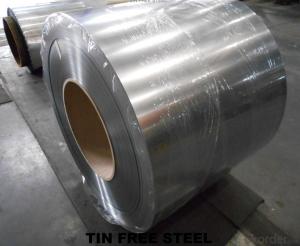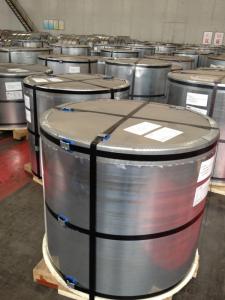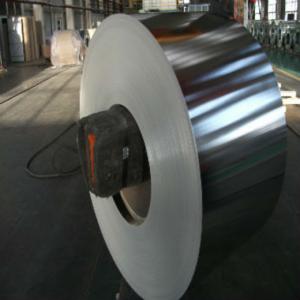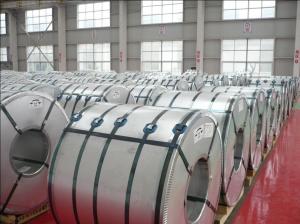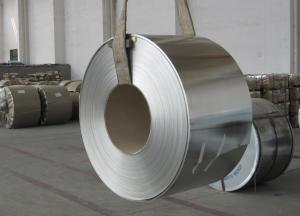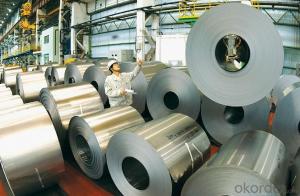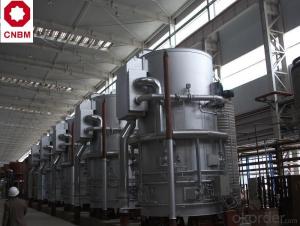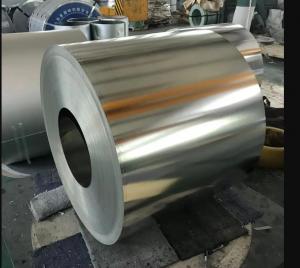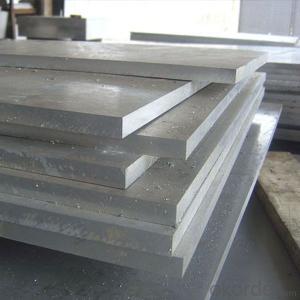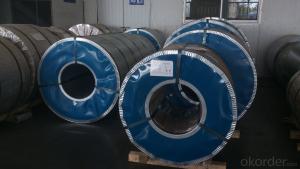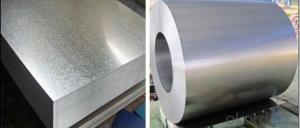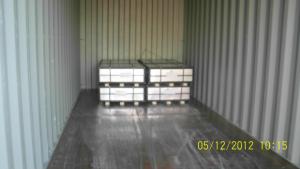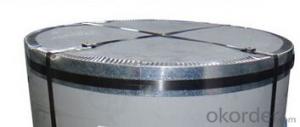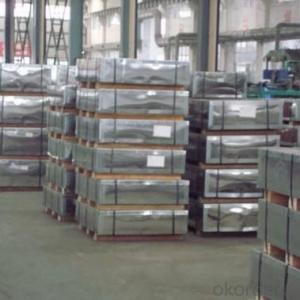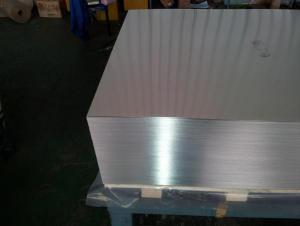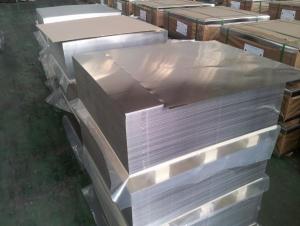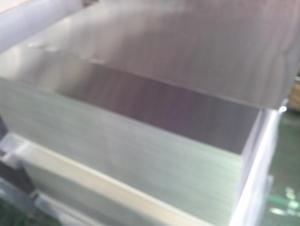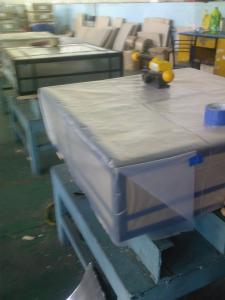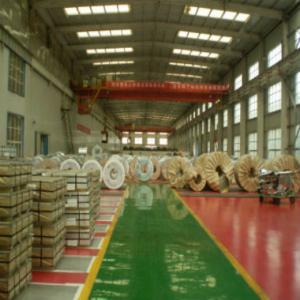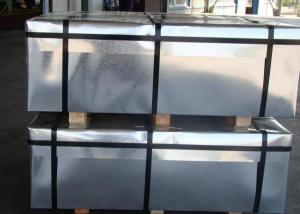tin free steel sheet
- Loading Port:
- China Main Port
- Payment Terms:
- TT OR LC
- Min Order Qty:
- -
- Supply Capability:
- -
OKorder Service Pledge
Quality Product, Order Online Tracking, Timely Delivery
OKorder Financial Service
Credit Rating, Credit Services, Credit Purchasing
You Might Also Like
Packaging&Delivery
Packaging Detail:Rust-proof paper+thin plastic film+cardboard+galvanized iron+mental band+wooden pallet.Laded into 20 feet container with max weight 25 tons.
Delivery Detail:30-60 days after the receipt of buyers' deposit.
Specifications
tin free steel describe:
1.Thickness:0.15-0.36mm
2.Tamper:T2-DR8/BA
3.Finish:Bright/Matte/Stone
4.Coating weight:80-120mg/㎡
- Q: How does tinplate affect the overall product freshness?
- Tinplate plays a significant role in preserving the overall product freshness. Its unique properties, such as excellent barrier properties against light, oxygen, and moisture, help in extending the shelf life of the contents inside the tinplate packaging. This prevents oxidation, spoilage, and contamination, ensuring that the product remains fresh and retains its quality for a longer period of time.
- Q: How is tinplate affected by exposure to oxygen?
- Tinplate is largely resistant to oxidation caused by exposure to oxygen. The tin coating on the steel plate acts as a protective layer, preventing the steel beneath from coming into direct contact with oxygen. This protective layer helps to maintain the integrity and prevent corrosion of the tinplate even when exposed to oxygen.
- Q: How does tinplate packaging contribute to product protection against contamination?
- Tinplate packaging contributes to product protection against contamination by providing a durable and secure barrier between the product and external elements. The tin coating on the steel substrate prevents corrosion and rusting, ensuring the integrity of the packaging. This protects the product from moisture, oxygen, and other contaminants that could compromise its quality or safety. Additionally, tinplate packaging is airtight, preventing the entry of bacteria or microorganisms, further enhancing product protection against contamination.
- Q: How can tinplate be rustproof? Products must not be oil
- RP014C-23A thin layer quick drying antirust oil has strong salt fog resistance and acid fast fog performance, which can meet the requirements of severe marine transportation rust prevention. RP014C-23A thin layer fast drying rust proof oil meets the environmental requirements of the export market, such as the EU ROHS directive.
- Q: How is tinplate priced?
- Tinplate is typically priced based on various factors including market demand, production costs, and quality of the tin coating. Additionally, market fluctuations and trade policies can also affect the pricing of tinplate.
- Q: What are the different thickness options for tinplate?
- The different thickness options for tinplate typically range from 0.13mm to 0.49mm, with various options in between.
- Q: Can tinplate be used for packaging baby food and formula?
- Yes, tinplate can be used for packaging baby food and formula. Tinplate is a type of steel coated with a thin layer of tin, making it corrosion-resistant and suitable for food packaging. Its durability and protective properties make it an ideal choice for maintaining the quality and safety of baby food and formula.
- Q: What are the different sizes and shapes of tinplate packaging available?
- There are various sizes and shapes of tinplate packaging available, ranging from small tins suitable for single-use items like mints or lip balm, to larger tins used for storing food or other products. Common shapes include round, rectangular, square, and oval tins. Additionally, there are specialty shapes such as heart-shaped tins or tins with embossed designs. The sizes and shapes of tinplate packaging can be customized to meet specific product requirements.
- Q: Can tinplate be used for high-temperature applications?
- No, tinplate is not suitable for high-temperature applications as it has a low melting point and may lose its structural integrity at elevated temperatures.
- Q: What are the common challenges in processing tinplate?
- Some common challenges in processing tinplate include ensuring proper coating adhesion, preventing tinplate corrosion, managing the formation of tin whiskers, and achieving consistent thickness and flatness in the tinplate sheets. Other challenges may include controlling the tinplate's surface quality, preventing contamination during processing, and ensuring proper handling and storage to avoid damage.
Send your message to us
tin free steel sheet
- Loading Port:
- China Main Port
- Payment Terms:
- TT OR LC
- Min Order Qty:
- -
- Supply Capability:
- -
OKorder Service Pledge
Quality Product, Order Online Tracking, Timely Delivery
OKorder Financial Service
Credit Rating, Credit Services, Credit Purchasing
Similar products
Hot products
Hot Searches
Related keywords
